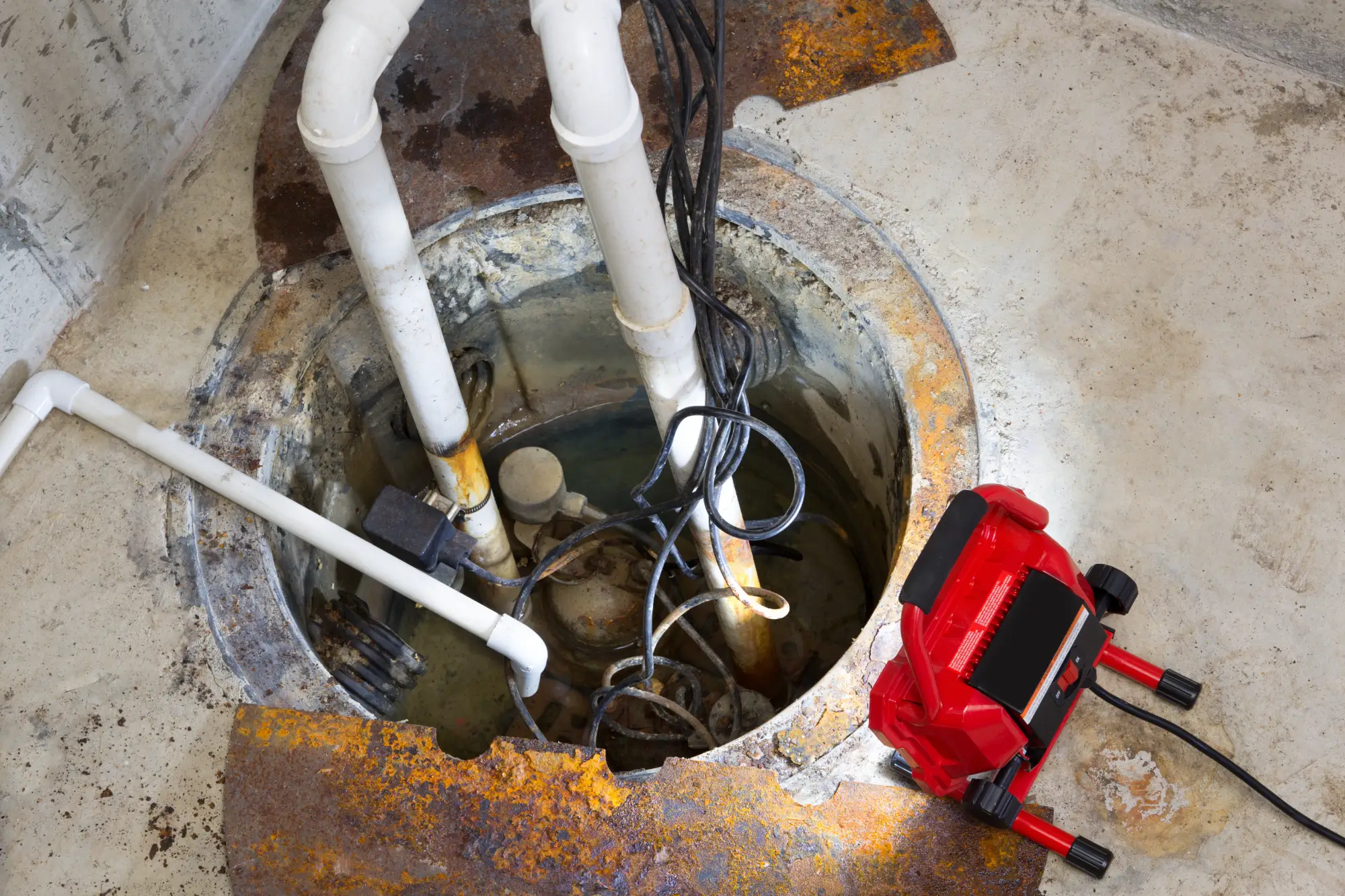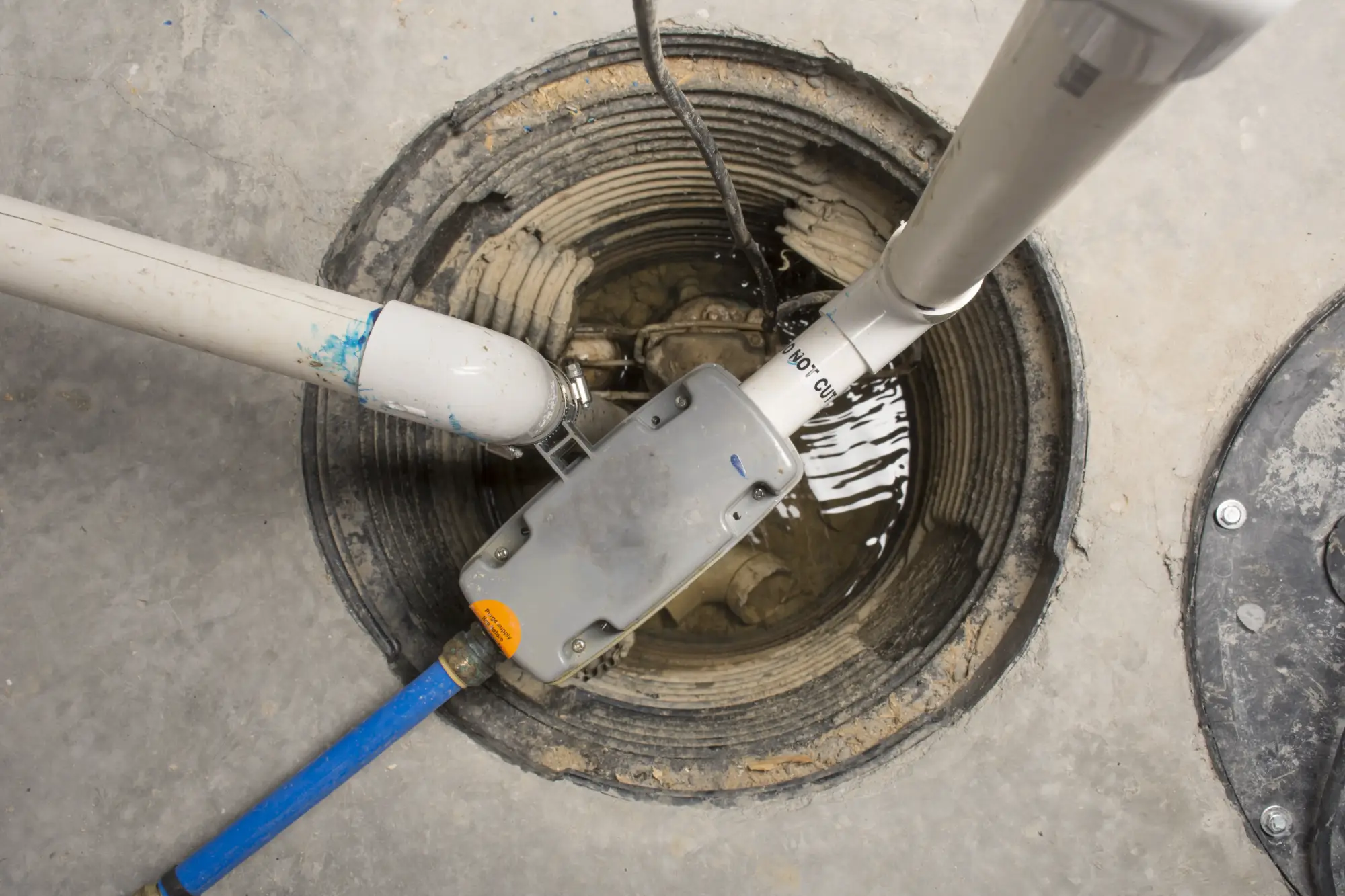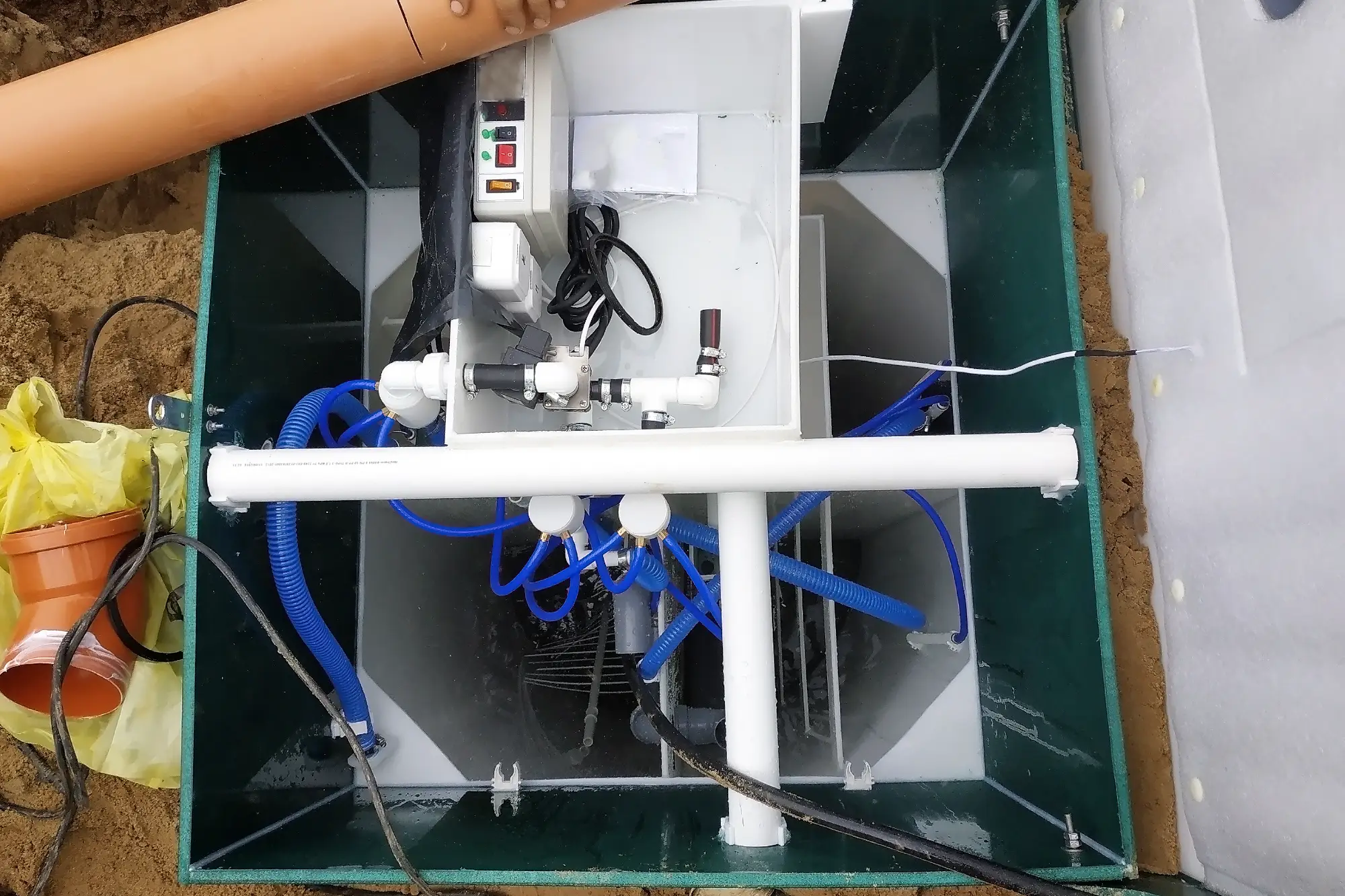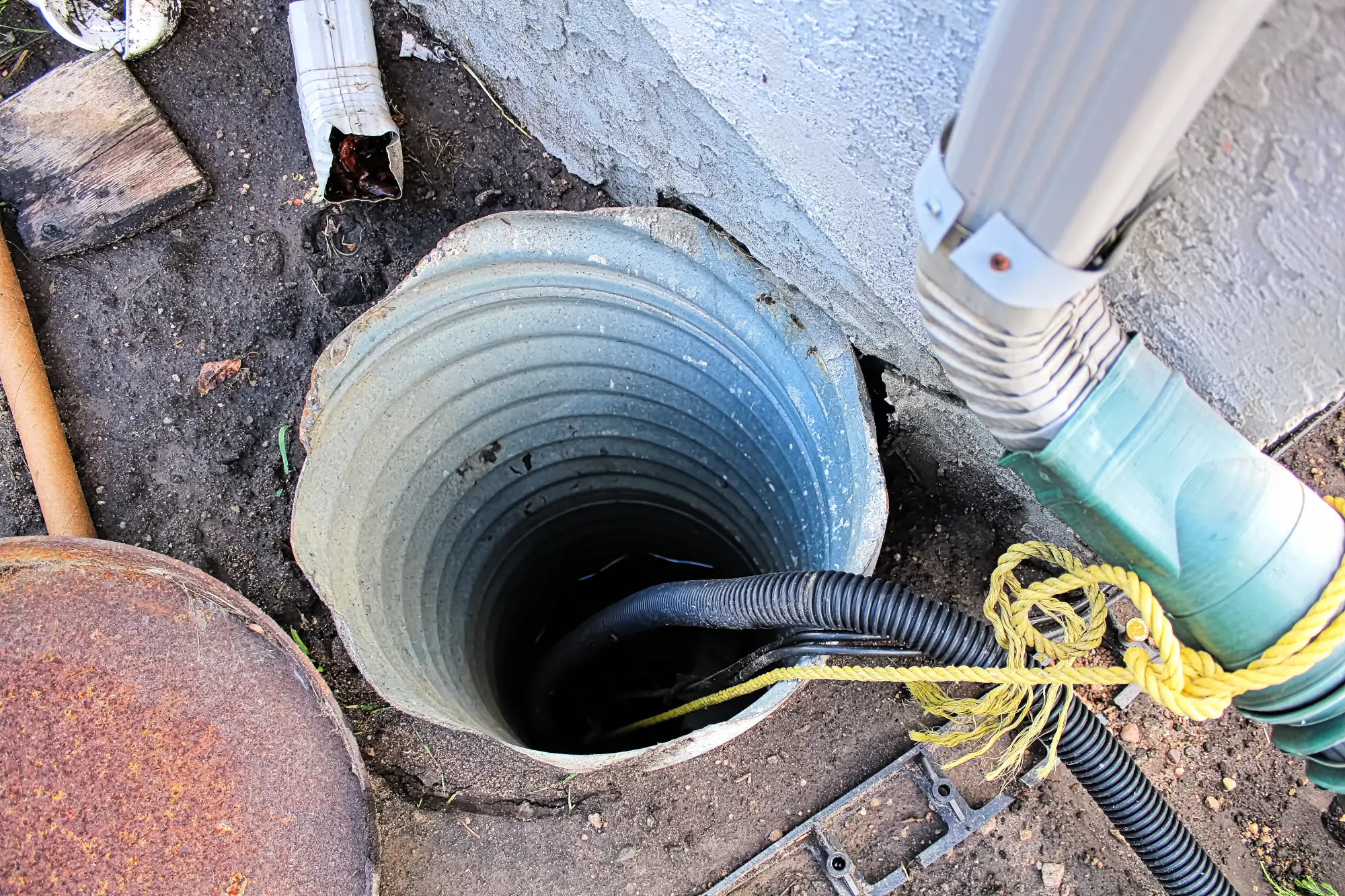Sump Pump Installation in East Rockaway, NY
Stop Basement Flooding Before It Starts
Professional sump pump installation that actually works when storms hit your East Rockaway home hardest.

Hear About Us

Basement Sump Pump Systems East Rockaway
You’ll sleep through the next storm instead of checking your basement every hour. No more moving belongings upstairs when heavy rain hits. No more dealing with soggy carpet, ruined furniture, or that musty smell that never quite goes away.
Your finished basement becomes usable space again—not a worry zone you avoid during bad weather. Kids can play downstairs without you wondering if the floor will be underwater by morning.
The constant stress about your home’s foundation and property value disappears. You’re protected against the water damage that costs Long Island homeowners thousands every year, especially in areas like East Rockaway where storms and high water tables create perfect conditions for basement flooding.
East Rockaway Sump Pump Installers
Diamond Masonry & Waterproofing LLC has been solving basement water problems for East Rockaway homeowners who need systems that actually work. We understand how Long Island’s unique geography—from storm surges to high water tables—affects your basement.
Every sump pump installation we complete is sized correctly for your specific basement and local water conditions. We’re not just installing equipment; we’re solving the water problems that keep you up at night during storms.
Our team is licensed, insured, and familiar with local building codes. We’ve seen what happens when sump pumps are installed incorrectly, and we make sure that doesn’t happen to you.

Sump Pump Installation Process
First, we assess your basement’s specific water issues and measure the space to determine the right sump pump size and placement. We’re looking at your home’s drainage patterns, not just installing a generic system.
Next, we excavate the sump pit in the optimal location—usually the lowest point of your basement floor where water naturally collects. We install proper drainage tile if needed and set up the pump system with the right horsepower for your situation.
Finally, we connect everything to a discharge line that moves water away from your foundation, test the entire system, and show you how it works. You’ll know exactly what’s happening in your basement and how to maintain your new sump pump system for years of reliable operation.

Ready to get started?
Explore More Services
About Diamond Masonry & Waterproofing
Get a Free Consultation
Custom Sump Pump Solutions
You get a complete basement sump pump system designed for your specific home and water conditions. We’re not using one-size-fits-all solutions because East Rockaway basements have different challenges than other areas.
Your installation includes the sump pump, properly sized pit, discharge piping, and check valve to prevent backflow. We handle all permits and ensure everything meets local building codes. If your basement needs additional drainage improvements, we’ll identify those issues upfront.
We also discuss backup power options because the storms that cause flooding often knock out electricity. Battery backup systems and water-powered pumps can keep your basement dry even when the power’s out—something every Long Island homeowner should consider given our storm history.

How do I know what size sump pump I need for my basement?
What happens if my sump pump fails during a storm?
How long does sump pump installation take?
Do I need permits for sump pump installation in East Rockaway?
How much does sump pump installation cost?
What maintenance does my sump pump need?
Local Resources
- Google Map Link
- Find the East Rockaway, NY USPS
- Locate Nearby East Rockaway, NY Pharmacies
- View the Current Weather in East Rockaway, NY
- East Rockaway, NY is located in Nassau county in New York State